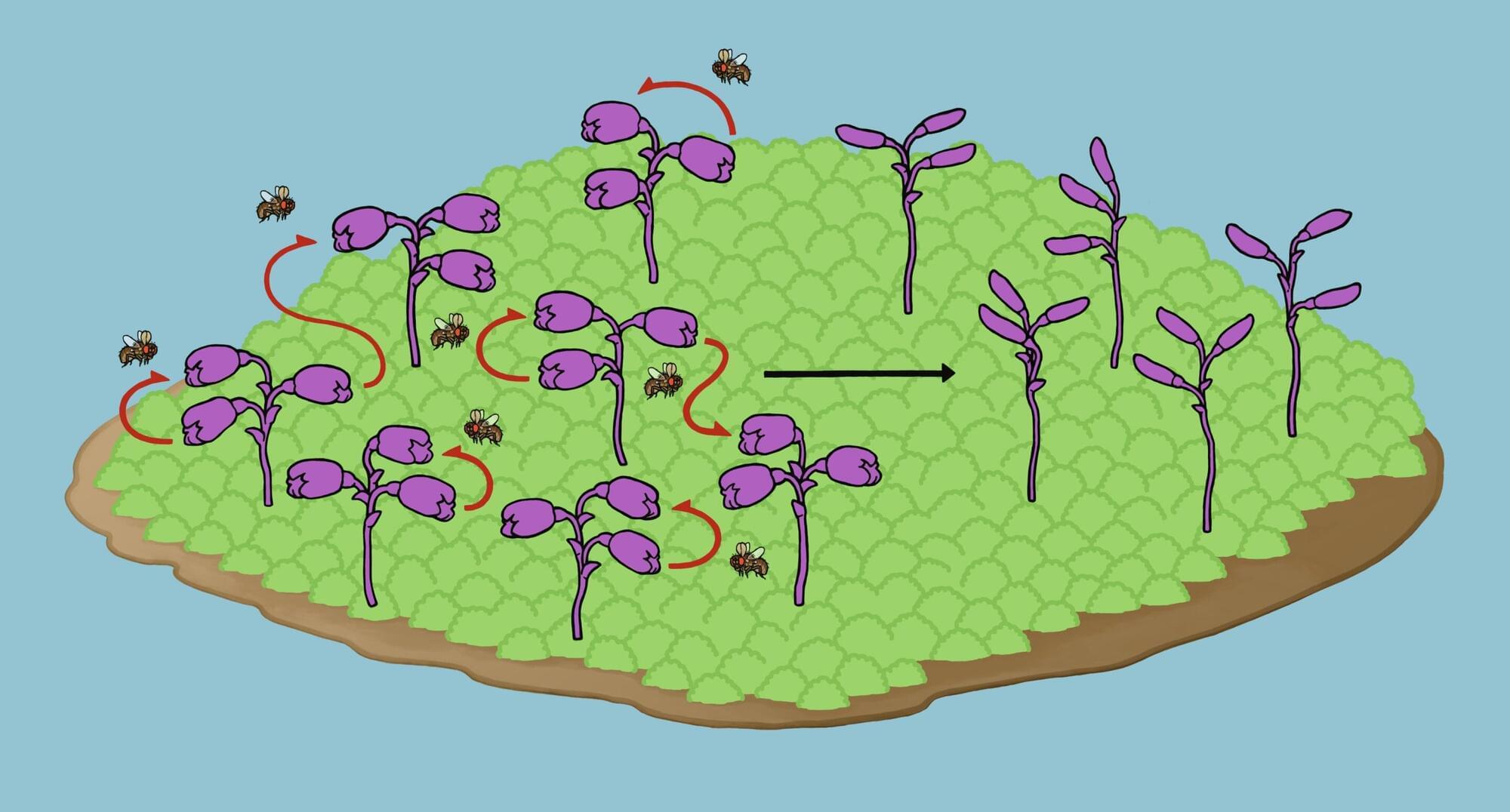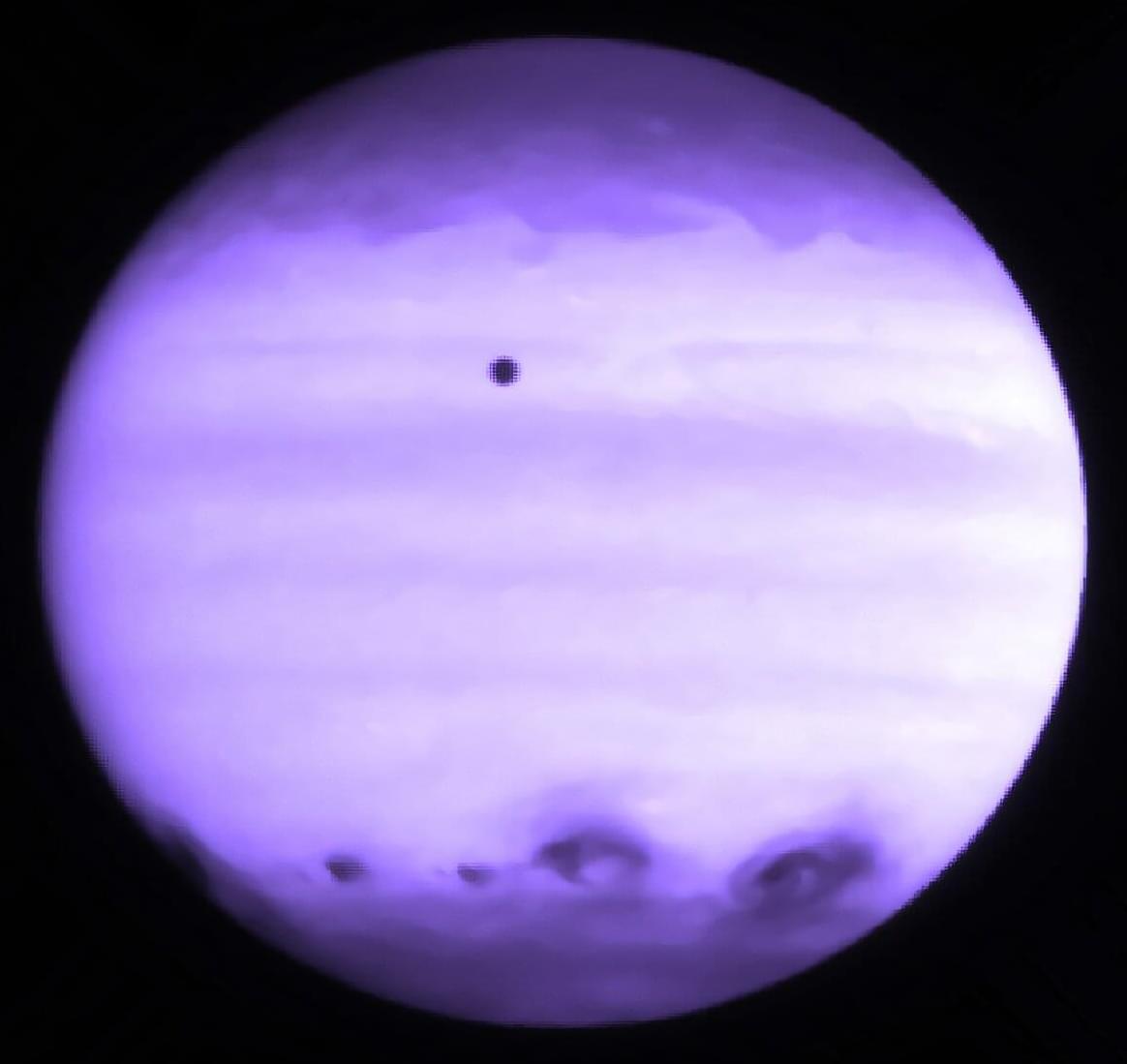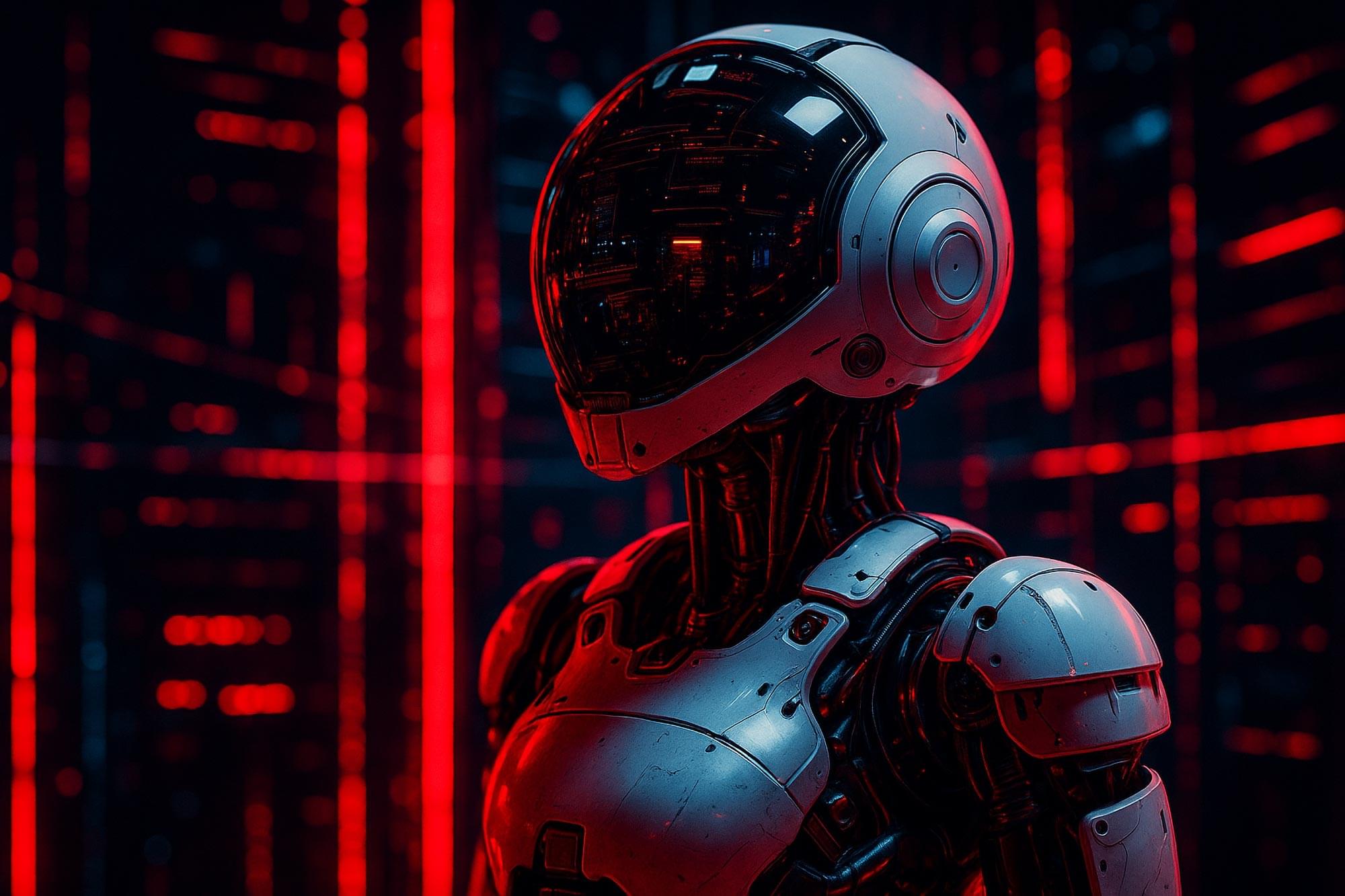This is the weapon that will destroy our solar system in Season 3 of Netflix’s 3 Body Problem: the Dual-Vector Foil. It’s a Dimensional Strike deployed by a super advanced alien civilization called the Singers. Once activated, it expands at light speed, consuming everything in its path. It’s expected to be featured in Season 3 of Netflix’s 3 Body Problem series.
Music:
’The Summoning’ by Scott Buckley — released under CC-BY 4.0. www.scottbuckley.com.au.
@ScottBuckley.
There’s Life Out There — Cooper Cannell.
Jungle — Aakash Gandhi.
Atlantis by Audionautix is licensed under a Creative Commons Attribution 4.0 license. https://creativecommons.org/licenses/by/4.0/
Chapters:
00:00 Dimension Strike.
01:55 Dimensional Decay In Sci-Fi.
02:27 Bunker Era.
03:05 Dual-Vector Foil.
04:34 Why Use Dimension Weapons?
06:05 Nature of the Collapsing Universe.
Produced in part with SpaceEngine PRO © Cosmographic Software LLC.
Some 3D models are from NASA: https://nasa3d.arc.nasa.gov/models.
Textures:



